
Vectors
Vectors by Amanda Wasiliewski
The big reveal has arrived for this three-decades-long experiment known as the internet: we have finally amassed enough data to form a viable training set for artificial intelligence. All our knowledge and all our junk can now be automatically recycled forever until model collapse. All our myths and metaphors can be mixed, recursively.
The utopian promises the ’90s are but a distant memory. What were they? I can hardly remember and it doesn’t matter anymore anyway. The internet has long been a dumping ground—the landfill of contemporary culture. Nothing, Forever. Facebook may have wished to “give people the power to build community and bring the world closer together”. But, in reality, we have merely connected our trash, brought it all together in its very own vacuum. AI Seinfeld Broken, Maybe Forever.
That things are algorithmically generated is nothing new. This machine-made stuff has long lived among whatever remaining meaning there is to be found online. What is new is its velocity and its magnitude, how we set it off in all directions. How we vectorize it.
A vector is a carrier. Of disease and other things. And so, it follows that the internet meme was not the democratization of creativity that some thought but rather the homogenization and standardization of expression.
Even a global pandemic could not reclaim the phrase ‘going viral.’ Instead, we retreated further into vector space. Far away from the messiness of the world, constrained to mathematically-defined shapes.
In 2022, junkspace became latent space. Latent space is the matrix of associations—of vectors—among datapoints in an AI model. We left it up to the machines to sort out our hoarder house of culture.
Barnett Newman’s famous work, Vir Heroicus Sublimis means “man heroic sublime.” The grandness of Newman, the simplicity and purpose of abstraction in the mid-twentieth century, the seriousness can never be regained, drowning as we are in junk. The vir- in virtual originally suggested virtue, potency, and power. Newman’s were perhaps the last virtual artworks. Or it’s a tie for this distinction with Mark Rothko.
There is no longer any possibility of a Rothko Chapel. How can we even fathom that level of earnestness? Earnestness requires a hierarchy. There’s not only no longer any distinction between high and low. There is no high and low. We couldn’t hope to reassert such distinctions if we tried.
“Young people everywhere have been allowed to choose between love and a garbage disposal unit. Everywhere they have chosen the garbage disposal.” The algorithmic trash chute takes our Garbage In, and other algorithms continually return Garbage Out to us. We eat it up. But we did not choose it. Not exactly. There are few of us left who are not addicted to it.
Even abstraction is cultural detritus now. Contemporary artists looking to cleanse the spirit of the junk that surrounds us have no claim on abstraction. Or, rather, abstraction no longer has any claims on purity. Abstraction is just more junk—but this time, vectorized.
Elrod describes his artmaking method as “frictionless drawings,” using computer-based methods and then transferring them to physical space. In physics and mathematics, a vector has magnitude and direction. A force is a vector. The marks in Elrod’s works are identifiable as the neatly subtractive marks that can be produced with computer painting applications. They are then brought onto the surface of the canvas, a once-hallowed ground in abstract painting that no longer can shut out the world or avoid cross-pollination of media. In other words, even the abstract is not abstract. These marks are space junk floating through space. None of the resistance of materials, of atmosphere. Only mass and velocity sustaining endless movement through a vacuum. In cleansing the surface, this work loops back around to embrace the junk.
Laura Owens’s works also utilize this neat computer-based mark-making. The lines and layers evoke the virtual space—no, vacuum space—of digital drawing applications. Like Elrod, Owens uses these marks for both adding and taking away. Unlike Elrod, she excuses her use of “painting software—like early kids’ paint programs in the ’90s” as a modest exercise in colour. Not a “frictionless drawing” but printmaking. Each layer is a new space, however, and each mark is a vector. So, these works move significantly beyond printmaking and its constraints. Inside the graph of vectors is a vacuum. No texture, no surface, just fill.
“Rabbit is the new beef” begins Junkspace. WOW These 14 Charcuterie Fails Will Make Your Skin Just Fucking Crawl reads the title of painting by Morgan Blair from 2019. It is one of the shorter examples of the sometimes paragraph-long, humorous riffs on internet textual junk that accompany Blair’s semi-abstract paintings. The series of works she created immediately before these more abstract works was based on screenshots from Seinfeld episodes, a source of inspiration for her humor. Although Seinfeld was a typical ’90s network sitcom endlessly syndicated in reruns, Blair’s works based on them represent a form of viewing only available to those of us in the twenty-first century: computer-based viewing. No longer couch-potato-viewing but bed-rot viewing: people today fall asleep to the soothing sound of reruns auto-playing on a laptop. Nothing, forever.
The choice of Seinfeld is fitting since Blair is an artist who is not interested in earnestness. In an interview from 2018, she explains the long titles of her abstract works with unapologetic cynicism: “In 2013, I made a series of totally abstract paintings. I immediately became aware of the palpable boredom they were causing. My solution was to give them titles like Socially Conservative Man in Conversation with Gay Cousin that suggested the blobs contained specific narratives and references to pop culture that people are interested in”. The narratives may be thin at best but they have magnitude and direction. They are set off into space and likely won’t stop.
The marks in the paintings of these three artists are unavoidably those of Photoshop, Microsoft Paint or whichever of the classic computer art applications you choose from the 1980s to today. The neat swipes are a hallmark such raster “painting” program. The gridded transparent ‘background’ void of Photoshop is visible in Blair’s work. All three artists seem to paint with the ‘erase’ tool. If they erased De Kooning, they leave no trace. Each mark is both a mistake and a gesture. Fundamental to any painting programs is the ability to undo, to take steps back, to systematize the process itself. Translated into painting, such marks become paradoxical—a meticulously simulated appearance of unseriousness.
The real world has no undo function. Gerhard Richter said, “Photography has almost no reality; it is almost a hundred percent picture. And painting always has reality: you can touch the paint.” He thus fought against the virtual without being able to avoid reproducing it. As in the Pygmalion myth, painting this virtuality—the artist’s touch—somehow breathes life into it. Richter’s spaces are real spaces masquerading as virtual ones, just as those of Elrod, Owens, and Blair are (David Summers, Real Spaces, 2003).
These works defy the moment—they are both nostalgic and contemporary at the same time. Though they skeuomorphize the material world—imitating analogue ink blots, paint splotches, spray paint—they are actually something very different. They are fundamentally alien to painting.
Microsoft Paint, despite its name, has very little to do with the tradition of painting in art history. Western art has long debated the virtues of drawing versus painting in art, that is, line versus colour. This debate played out for centuries in Europe: notably, Poussin versus Rubins, Ingres versus Delacroix, the Impressionists versus the Post-Impressionists. Raster images are neither colour nor line. Fundamentally, of course, they are made up of little squares called pixels. Each pixel is a unit—a number, really—of a colour. In combination they can compose a line but the line seems to deny their essential form: discrete and stagnant. They have no inbuilt direction, no movement.
This is why, when one enlarges a rasterized image, it becomes pixelated. There is no further information inherent in the pixel.
Raster and vector are almost always positioned as opposing paradigms of computer imagery. The vector image-object is composed of mathematically-defined forms. It is made of points, curves, and relationships between them. They are graphs masquerading as form. Computer images started out in the vector space, as it requires far less memory to store a vector image than a bitmap. The bitmap, however, allowed a kind of flexibility to make individuated marks. Or at least it gave the illusion of this.
For computer images, the line versus colour dichotomy is irrelevant since raster cannot be understood as pure colour. Contained as it is in a matrix, it has an in-built geometry. Trained in AI systems, even pixelated images can be understood as vectors: machines can be trained to understand images based on pathways forged or determined by gradients, allowing them to automatically ‘read’ images through their pixel transformations.
The use of “brush” and “line” tools in raster image programs complicates the bitmap/vector divide further. The “line” tool in a raster program may simply activate all the pixels in a row to create the semblance of a line but it aspires to be a vector and any illusion of depth is almost always thwarted by the radical flatness of the medium. Despite these output formats, brush and line and various other mark-making tools are vectors in the sense that they are carriers, they have no texture or surface, no geometric unpredictability. They are truly frictionless.
Clement Greenberg could have only dreamed of such flatness in painting. The flatness that this kind of vector formalism allows. Ironically for poor Greenberg, it was Donald Judd’s machine-produced boxes that led the way rather than even the flattest of colour field painters. Vector formalism is not only about lines and curves but also about flatness, two-dimensionality. Helen Frankenthaler’s washes of colour or Morris Louis’s curtains of paint could do nothing about their materiality, but Photoshop layers are perfectly flat. Roy Lichtenstein painted the flatness of the printed image, but there was yet a further flatness to come in the form of the computer image. The catch is that it is always an impure image—stacked with junk. It is Leo Steinberg’s “flatbed picture-plane” steamrolled flat.
Formalism continues to be a dirty word in contemporary art. The label Zombie Formalism that caught on for abstract painting in the 2010s implies that formalism will forever be Greenbergian. Flatness, forever. The “casualism” and “slacker abstraction” labels for this same work, on the other hand, fail to see that there is no seriousness or earnestness left to opposite in our junkspace-cum-AI dataset. There is no real seriousness to pit casualness or slackers against. And so, there’s just the peeling away of endless, frictionless layers.
In 1949, two French artists wandered the streets of Paris looking for inspiration when they happened upon a hoarding covered with posters for concerts and other advertisements that had been successive pasted on top of each other and torn by both passers-by and the elements. Fascinated by this modern readymade form, they decided to rip off pieces of the hoardings and add them to their painting. This technique is known as décollage, an antonym to collage meaning to take away (unglue) rather than add (glue). Raymond Hains and Jacques Villeglé called their first décollage work made that year Ach Alma Manetro after the snippets of printed text that were still visible from the torn away posters. In other words, the text and the title are purely nonsense—they’re junk. It sounds almost like Latin but it’s not. It’s the low culture Vir Heroicus Sublimis.
Following this, the work of Elrod, Owens, and Blair is a kind of digital décollage. It might be called a parody of Greenbergian abstraction—if parody could still seriously exist. Décollage is the evil twin of Abstract Expressionism. Digital décollage processes all the junk with none of the friction. Rather than a material torn away from hoardings, rather than physical layers, it is an endless tear through immaterial layers. Each perfectly flat, with a depth of zero. Nothing, forever, indeed.
Amanda Wasielewski is a researcher and artist based in Stockholm, Sweden. She is Associate Senior Lecturer of Digital Humanities and Associate Professor of Art History at Uppsala University. Her recent research focuses on the use of artificial intelligence techniques to study and create art, with a particular focus on the theoretical implications of AI-generated imagen and formalism. Wasielewski is the author of three monographs including Computacional Formalism: Art History and Machine Learning (MIT Press, 2023). Her work can be found at www.amandawasielewski.com
Ha llegado el gran momento de este experimento de tres décadas llamado internet: finalmente, hemos reunido suficientes datos como para crear un campo de entrenamiento efectivo para la inteligencia artificial. Todo nuestro conocimiento y toda nuestra basura pueden ahora reciclarse autónomamente, para siempre, hasta el colapso del modelo. El conjunto de nuestros mitos y metáforas es susceptible de ser mezclado indefinidamente.
Actualmente, las promesas utópicas de los años noventa no son ya más que un vago recuerdo. ¿De qué se trataba exactamente? Ya casi lo hemos olvidado pero, de todas formas, ya no importa. Internet es, desde hace mucho tiempo, un vertedero; el basurero de nuestra cultura contemporánea. Nada, para siempre. Aunque Facebook pretendía “dar poder a las personas para construir comunidades y acercar al mundo”, en realidad, simplemente hemos conectado nuestra basura, acumulándola en su propio vacío. La IA de Seinfeld, rota, quizás, para siempre.
No es nada nuevo que las cosas se generen algorítmicamente. Durante mucho tiempo, esta génesis autómata ha convivido, en línea, con otro tipo de contenido que se puede hallar en internet, que todavía tiene sentido. Lo que sí son nuevos son la velocidad, la magnitud, y el cómo enviamos la información en todas direcciones. Cómo la convertimos en vectores.
Un vector es un portador. De enfermedades y de otras cosas. Así, no es sorprendente que el meme de internet no sea la democratización de la creatividad que algunos pronosticaron, sino, más bien, una homogeneización y estandarización de expresión.
Ni siquiera una pandemia global pudo eclipsar la frase “hacerse viral”. Con la pandemia nos recluimos aún más en el espacio vectorial. Lejos del desorden del mundo, limitados a formas matemáticamente definidas.
En ese mismo año, el espacio basura se convirtió en espacio latente. Dicho espacio latente se define como la matriz de asociaciones -de vectores- entre los puntos de datos en un modelo de IA. Con ello, dejamos en manos de las máquinas la organización de nuestro desorden cultural.
La famosa obra de Barnett Newman, Vir Heroicus Sublimis, significa “hombre heroico sublime“. La grandeza de Newman, así como la simplicidad y el propósito de la abstracción de mediados del siglo veinte, la seriedad, nunca se podrán recuperar, pues estamos ahogados en basura. La partícula vir presente en la palabra “virtual”, originalmente sugería virtud, potencia y poder. Las obras de Newman fueron, quizás, las últimas obras de arte virtuales. O, tal vez, compartan esta distinción con las de Mark Rothko.
Hoy en día no tendría sentido una nueva Capilla Rothko. ¿Cómo podríamos siquiera imaginar ese nivel de seriedad? La seriedad requiere una jerarquía. Ya no solo no hay distinción entre lo alto y lo bajo. No hay ni alto ni bajo. No podríamos lograr establecer tales distinciones, por mucho que lo intentáramos.
“A los jóvenes de todo el mundo se les ha permitido elegir entre el amor y una trituradora de basura. En todas partes han elegido la trituradora de basura.” El vertedero algorítmico se nutre de nuestra basura (de entrada), y continuamente otros algoritmos nos devuelven más basura (de salida). Nos la comemos, a pesar de no ser esto, propiamente dicho, nuestra libre elección. Lo cierto es que somos pocos los que todavía no somos adictos a esta basura.
Ahora, incluso la abstracción es ya un detrito cultural. Los artistas contemporáneos que buscan limpiar el espíritu de la basura que nos rodea han perdido el derecho a la abstracción. O, mejor dicho, la abstracción ya no tiene derecho a la pureza. La abstracción es solo más basura pero, esta vez, vectorizada.
Elrod describe su método de creación artística como “dibujos sin fricción”, utilizando métodos informáticos y luego trasladándolos al espacio físico. En física y matemáticas, un vector tiene magnitud y dirección. Una fuerza es un vector. En las obras de Elrod se pueden apreciar las marcas típicas de las aplicaciones informáticas de pintura. Estas se trasladan a la superficie del lienzo, un espacio antaño sagrado para la pintura abstracta, que ya no puede aislarse del mundo ni evitar la contaminación cruzada. En otras palabras, ni siquiera lo abstracto es abstracto. Dichas marcas son basura flotando en el espacio. Sin resistencia material ni atmosférica. Solo masa y velocidad, sosteniendo un movimiento interminable a través del vacío. A decir verdad, este trabajo, de nuevo, abraza la basura.
Las obras de Laura Owens también recurren a dichas marcas informáticas. Sus líneas y capas evocan el espacio virtual -vacío- del dibujo digital. Igual que Elrod, Owens emplea estos recursos tanto para añadir como para quitar. A diferencia de Elrod, ella se excusa y vincula su uso del “software pictórico a los programas de pintura para niños de principios de los 90”, equiparándolo a un modesto ejercicio de color. No es un dibujo sin fricción, sino una impresión. Sin embargo, cada capa es un nuevo espacio, y cada marca es un vector. Así, estas obras van mucho más allá de la impresión y sus limitaciones. Dentro del gráfico de vectores hay un vacío. No hay textura ni superficie, solo relleno.
“Rabbit is the new beef” comienza Junkspace. WOW These 14 Charcuterie Fails Will Make Your Skin Just Fucking Crawl reza el título de una pintura de Morgan Blair de 2019. Este es uno de los ejemplos de los riffs humorísticos, a veces de varios párrafos, sobre textos basura de internet, que acompañan a las pinturas semiabstractas de Blair. La serie de obras que creó inmediatamente antes de estas piezas más abstractas se basaba en capturas de pantalla de episodios de Seinfeld, una fuente de inspiración para su humor. Aunque Seinfeld fue una típica sitcom de los años noventa infinitamente emitida en reposiciones, las obras de Blair basadas en estas, representan una forma de visionado solo al alcance del espectador del siglo veintiuno: el visionado por ordenador. Ya no se ve desde el sofá (couch-potato) sino desde la cama (bed rotting): hoy en día la gente se duerme con el sonido tranquilizador de las reposiciones que se reproducen automáticamente en un ordenador portátil. Nada, para siempre.
La elección de Seinfeld resulta acertada, en tanto que Blair es una artista que no está interesada en la seriedad. En una entrevista de 2018, explica los largos títulos de sus obras abstractas con un cinismo sin paliativos: “En 2013, hice una serie de pinturas totalmente abstractas. Inmediatamente me di cuenta del aburrimiento palpable que estaban causando. Mi solución fue darles títulos -como Socially Conservative Man in Conversation with Gay Cousin- que sugerían que las manchas realmente contenían narrativas específicas y referencias a la cultura pop, en las que la gente está interesada”. En el mejor de los casos, estos relatos pueden ser escasos, pero tienen magnitud y dirección. Se lanzan al espacio y, probablemente, no se detendrán nunca.
Las marcas de los cuadros de estos tres artistas son inevitablemente las de Photoshop, Microsoft Paint, o cualquiera de las aplicaciones clásicas de arte por ordenador desde los años 80 hasta hoy. Los trazos nítidos son un sello distintivo de estos programas de “pintura” rasterizada. El “fondo” transparente cuadriculado de Photoshop es visible en la obra de Blair. Dichos tres creadores parecen pintar con la herramienta “borrar”. De haber borrado a De Kooning, no habrían dejado rastro alguno. Cada marca es, a la vez, un error y un gesto. Es fundamental para cualquier programa de pintura la capacidad de deshacer, de retroceder, de sistematizar el propio proceso. Trasladadas a la pintura, tales marcas resultan paradójicas: revisten una apariencia de falta de seriedad meticulosamente simulada.
El mundo real no tiene función de “deshacer”. Gerhard Richter dijo: “La fotografía casi no tiene realidad; es casi cien por ciento imagen. Y la pintura siempre tiene realidad: puedes tocar la pintura”. De esta manera luchó contra lo virtual, sin poder evitar reproducirlo. Como en el mito de Pigmalión, pintar tal virtualidad -el toque del artista- de alguna manera le da vida. Los espacios de Richter son entornos reales disfrazados de virtuales, al igual que los de Elrod, Owens y Blair (David Summers, Real Spaces, 2003).
Estas obras desafían el momento: son nostálgicas y contemporáneas al mismo tiempo. Aunque esquematizan el mundo material -imitando borrones de tinta analógicos, salpicaduras de pintura, aerosol-, en realidad, son algo muy diferente. Son fundamentalmente ajenas a la pintura.
Microsoft Paint, a pesar de su nombre, tiene muy poco que ver con la tradición de la pintura en la historia del arte. El arte occidental ha debatido durante mucho tiempo las virtudes del dibujo frente a la pintura, es decir, la línea frente al color. Esta discusión se desarrolló durante siglos en Europa: en particular, Poussin contra Rubens, Ingres contra Delacroix, los Impresionistas frente a los Postimpresionistas. Las imágenes rasterizadas, ciertamente, no tienen ni color ni línea. Fundamentalmente, están formadas por pequeños cuadrados llamados píxeles. Cada píxel es una unidad -un número, en realidad- de un color. Combinándose, pueden componer una línea, pero la línea parece negar su forma esencial: ellos son discretos y estancados. No tienen dirección ni movimiento incorporados.
Por eso, cuando se amplía una imagen rasterizada, se pixela. No hay más información más allá del píxel.
Trama -ráster- y vector casi siempre se posicionan como paradigmas opuestos de imágenes por ordenador. La imagen-objeto vectorial se compone de formas definidas matemáticamente. Está hecha de puntos, curvas y relaciones entre ellos. Son gráficos disfrazados de forma. Las imágenes informáticas empezaron en el espacio vectorial, ya que almacenar una imagen vectorial requiere mucha menos memoria que un mapa de bits. Sin embargo, el mapa de bits permitía una especie de flexibilidad para hacer marcas individualizadas. O al menos daba la ilusión de esto.
Para las imágenes virtuales, la dicotomía de la línea frente al color es irrelevante, ya que la trama no puede entenderse como color puro. Al estar contenida en una matriz, tiene una geometría incorporada. En los sistemas de IA, incluso las imágenes pixeladas pueden entenderse como vectores: las máquinas pueden ser entrenadas para entender imágenes en función de rutas forjadas o determinadas por gradientes, lo que les permite “leer” automáticamente imágenes a través de sus transformaciones de píxeles.
El uso de las herramientas de “pincel” y “línea” en programas de imágenes rasterizadas complica aún más la división entre mapa de bits y vector. La herramienta “línea” en un programa de rasterización puede simplemente activar todos los píxeles en una fila para crear la apariencia de una línea, pero aspira a ser un vector y cualquier ilusión de profundidad casi siempre es frustrada por la radical planitud del medio. A pesar de estos formatos de salida, el pincel, la línea y varias otras herramientas de creación de marcas son vectores en el sentido de que son portadores, no tienen textura ni superficie, no hay imprevisibilidad geométrica. Realmente, carecen de fricción.
Clement Greenberg solo pudo haber soñado con tal planitud en la pintura. La planitud que este tipo de formalismo vectorial permite. Irónicamente para el pobre Greenberg, fueron las cajas producidas por máquinas de Donald Judd las que marcaron el camino a seguir en vez de, incluso, los pintores de campo del color más planos. El formalismo vectorial no se trata solo de líneas y curvas, sino también de planitud, bidimensionalidad. Los lavados de color de Helen Frankenthaler o las cortinas de pintura de Morris Louis no podían hacer nada con su materialidad, pero las capas de Photoshop son perfectamente planas. Roy Lichtenstein pintó la planitud de la imagen impresa, pero aún había una mayor planitud por venir en forma de imagen por ordenador. La trampa está en que siempre es una imagen impura, llena de basura. El “plano de imagen sobre una mesa” de Leo Steinberg es bidimensional.
El formalismo sigue siendo una palabra maldita en el arte contemporáneo. La etiqueta Formalismo Zombie, que se puso de moda en la década de 2010 en la pintura abstracta, implica que el formalismo será siempre Greenbergiano. Planitud, para siempre. En cambio, las etiquetas de “casualismo” y “abstracción despreocupada” para este mismo trabajo, obvian que no hay seriedad ni sinceridad real frente a nuestro conjunto de datos de basura-cum-IA. Ya no hay una seriedad real que haga frente a la informalidad o a la desgana. Y, así, solo quedan las capas interminables, sin fricción.
En 1949 dos artistas franceses deambulaban por las calles de París en busca de inspiración, cuando se toparon con un tablón publicitario cubierto de carteles de conciertos y otros anuncios que habían sido pegados sucesivamente unos sobre otros y rasgados tanto por los transeúntes como por la intemperie. Fascinados por esta forma moderna de ready-made, decidieron arrancar trozos de estos carteles y agregarlos a su pintura. Dicha técnica se conoce como décollage, un antónimo de collage que significa quitar (despegar) en lugar de agregar (pegar). Raymond Hains y Jacques Villeglé titularon a su primera obra de décollage hecha ese año Ach Alma Manetro, por los fragmentos de texto impreso que aún eran visibles de los carteles arrancados. En otras palabras, el texto y el título no tienen sentido, son basura. Suenan casi a latín, pero no lo es. Es la Vir Heroicus Sublimis de la baja cultura.
Siguiendo esto, el trabajo de Elrod, Owens y Blair es una especie de décollage digital. Este podría considerarse una parodia de la abstracción greenbergiana -si es que la parodia aún pudiera existir en serio-. El décollage es el gemelo malvado del Expresionismo abstracto. El décollage digital procesa toda la basura sin ninguna fricción. En lugar de un material arrancado de carteles, en vez de capas físicas, es un desgarro interminable a través de capas inmateriales. Cada una, perfectamente plana, con profundidad cero. En efecto, nada, para siempre.
Amanda Wasielewski es una investigadora y artista residente en Estocolmo (Suecia). Es profesora titular asociada de Humanidades Digitales y profesora asociada de Historia del Arte en la Universidad de Uppsala. Sus investigaciones recientes se centran en el uso de técnicas de inteligencia artificial para estudiar y crear arte, con especial atención a las implicaciones teóricas de la imagen y el formalismo generados por IA. Wasielewski es autora de tres monografías, entre ellas Computacional Formalism: Art History and Machine Learning (MIT Press, 2023). Su trabajo puede consultarse en www.amandawasielewski.com
Texto (Amanda Wasiliewski) e ilustración (Aureliano Santa-Olalla Valero y Ana Frías) cortesía de la Fundación MEDIANOCHE0
Relacionado
ARTÍCULOS RELACIONADOS


La hilandera: Maria Lai en Es Baluard
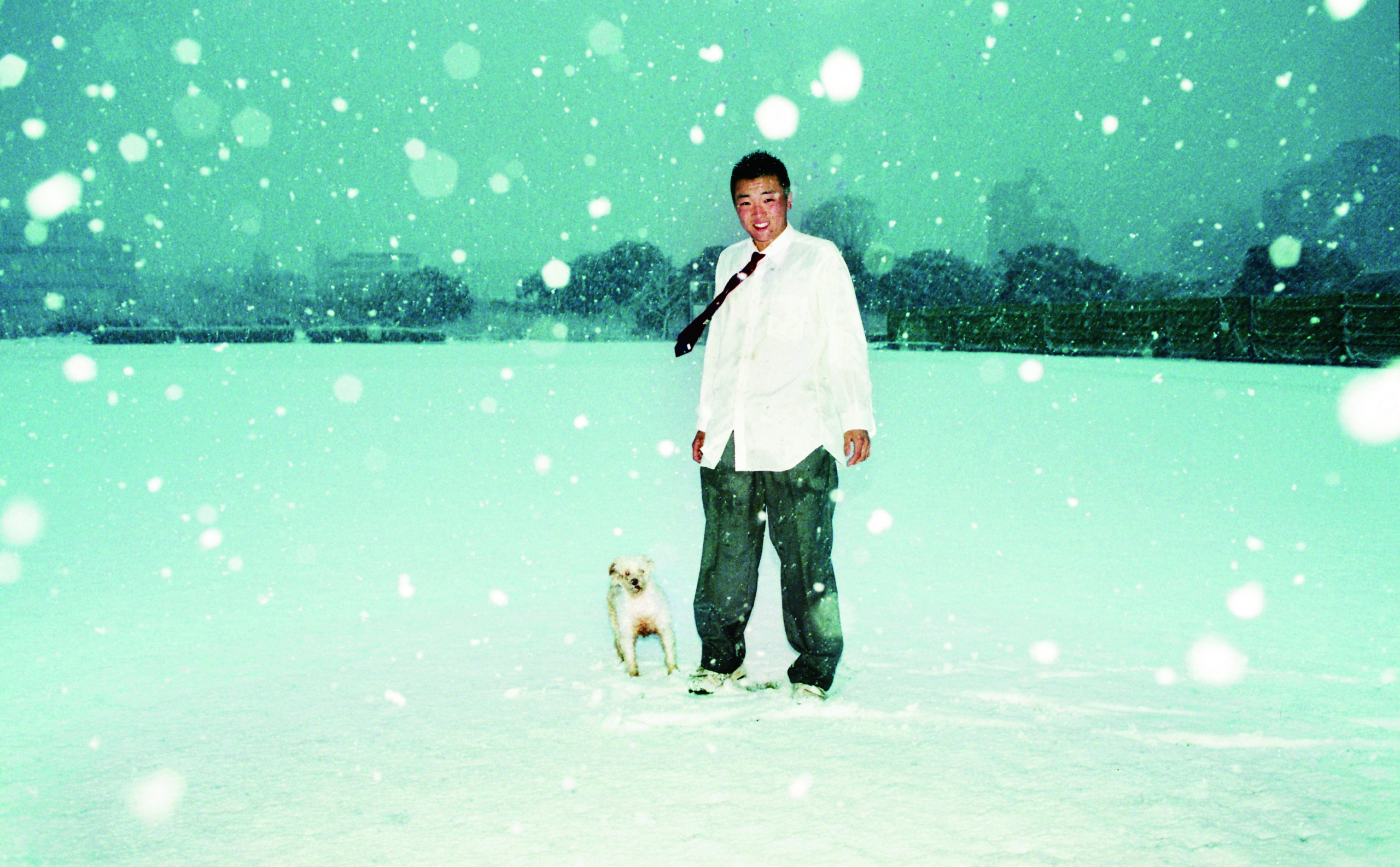
La textura de las promesas

Luis Gordillo: pintura o nada

Paisajes efímeros del sol en Casa Árabe de Madrid

BEGIN THE BEGUINE

El tapiz de la memoria: Claudia Joskowicz en Jorge López Galería

MARTE 2024: ALTERNATIVAS PERIFÉRICAS. TIEMPOS DE HONESTIDAD

en conversación con Marina Vargas

El guateque de Carlos Pesudo

Vectors

Las estructuras invisibles de Javier Bravo de Rueda

De Paso: el eterno retorno

El delirio realista de Isabel Quintanilla

Todo lo que sugería Giovanni Anselmo

Dibujar sin papel: Gego en el Guggenheim

en conversación con Semíramis González

en conversación con Co-Net_

yo no pinto retratos, pinto personas[1]

La tierra baldía y Nancy Holt en el MACBA

Marco Alvarado, un artista caníbal, incluso

en conversación con Germán Bel/Fasim
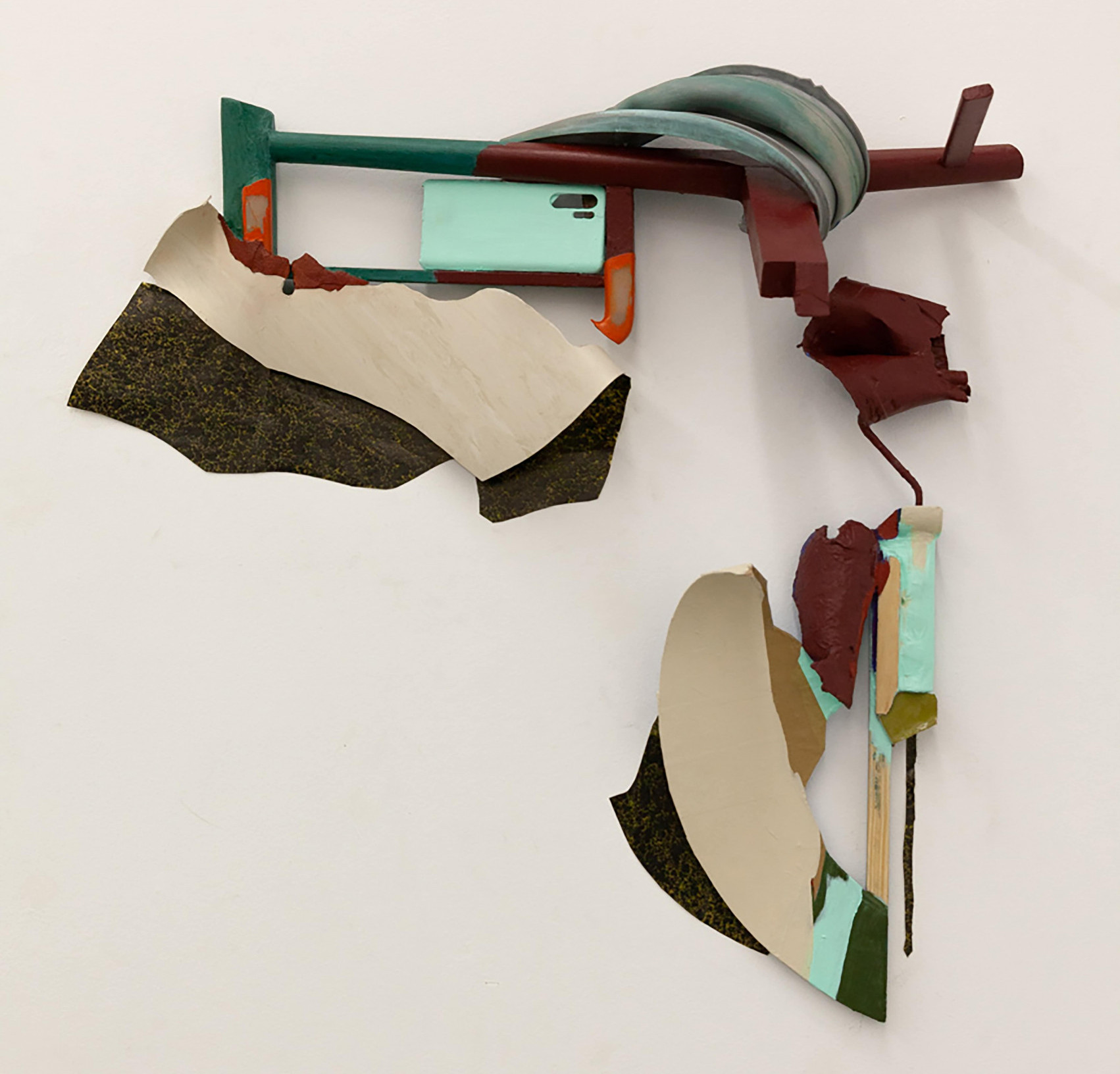
En ninguna parte, en algún lugar
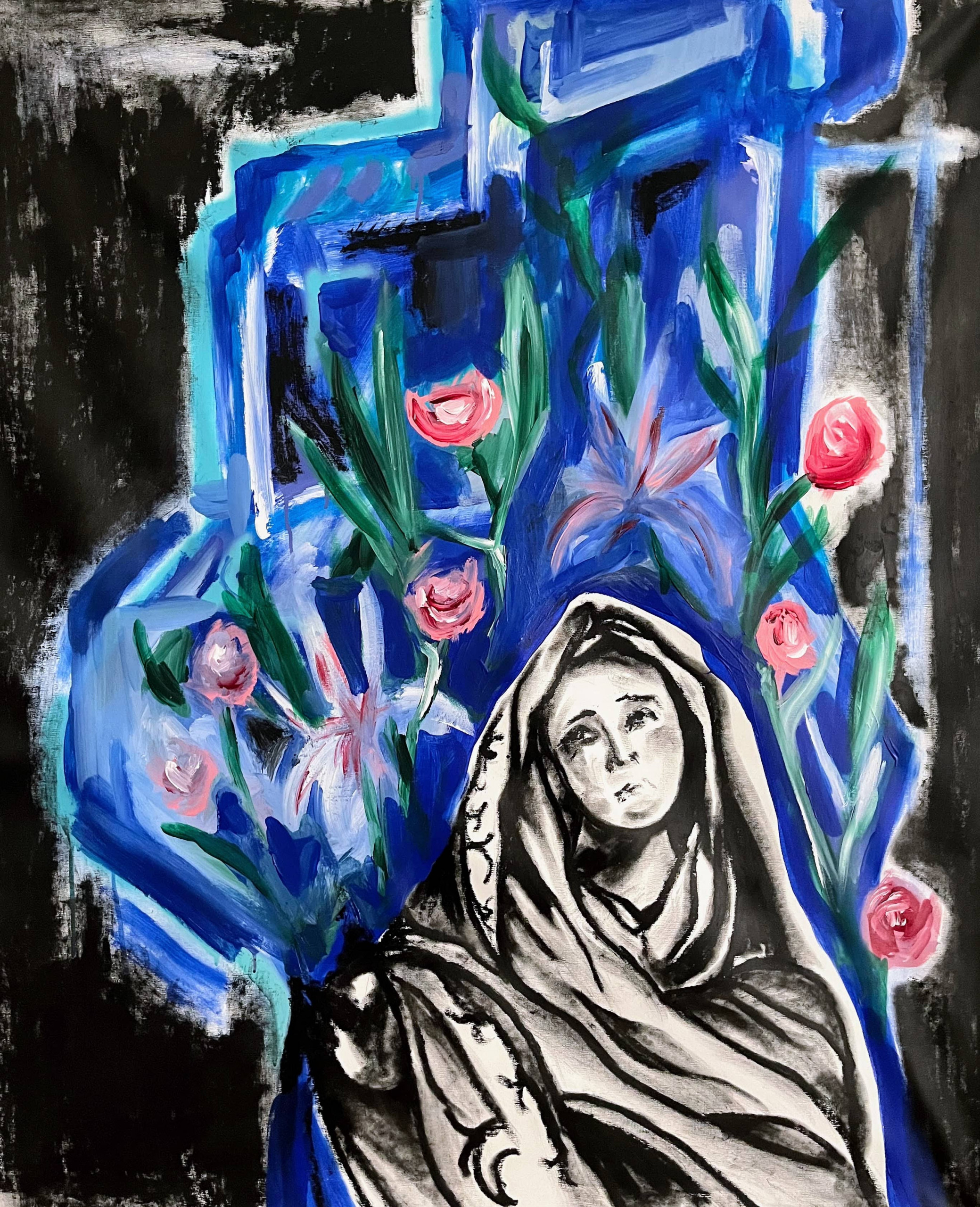
Hic et nunc
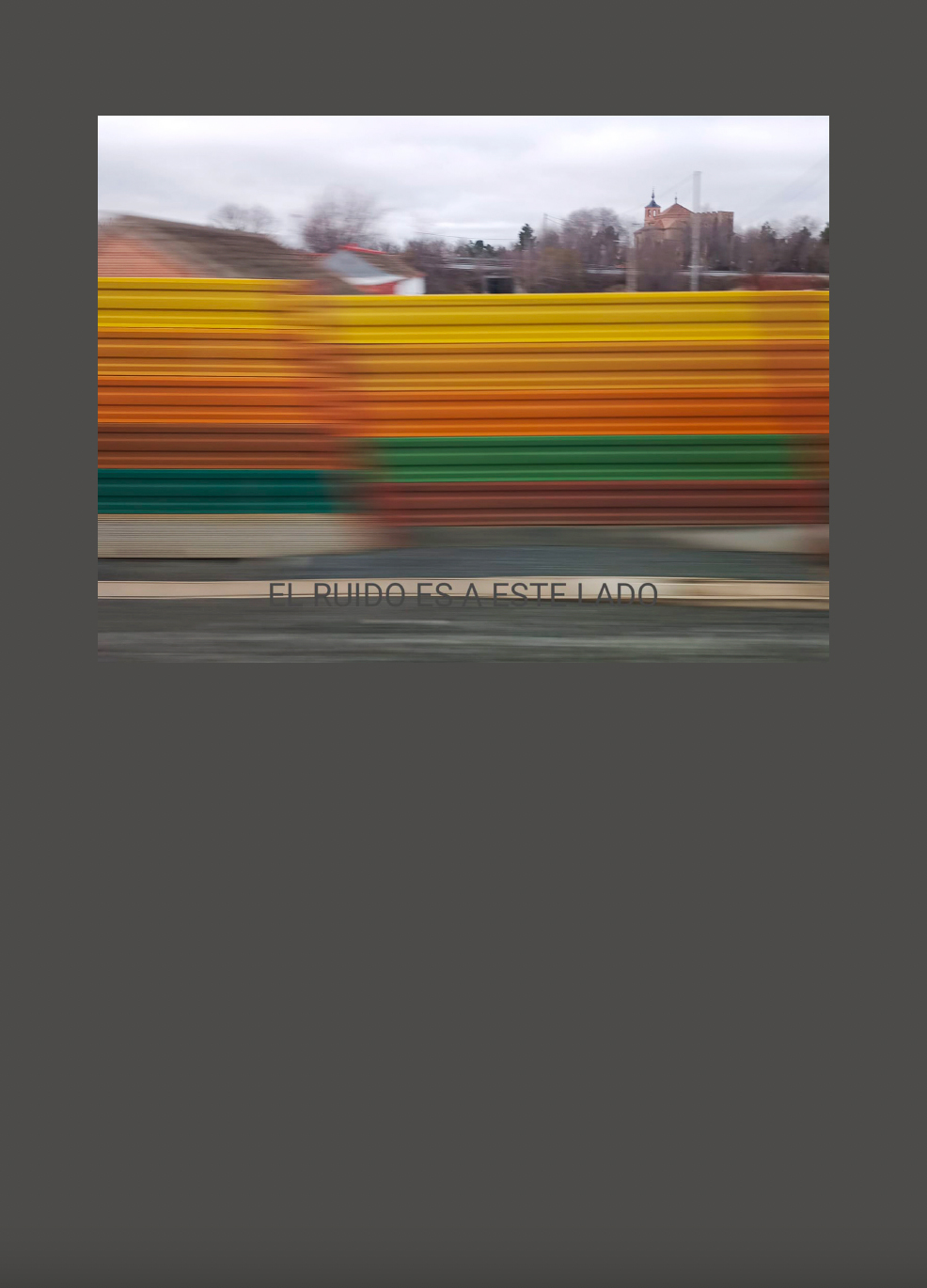
La casa como reflejo en un espejo/House as a Mirror of Self
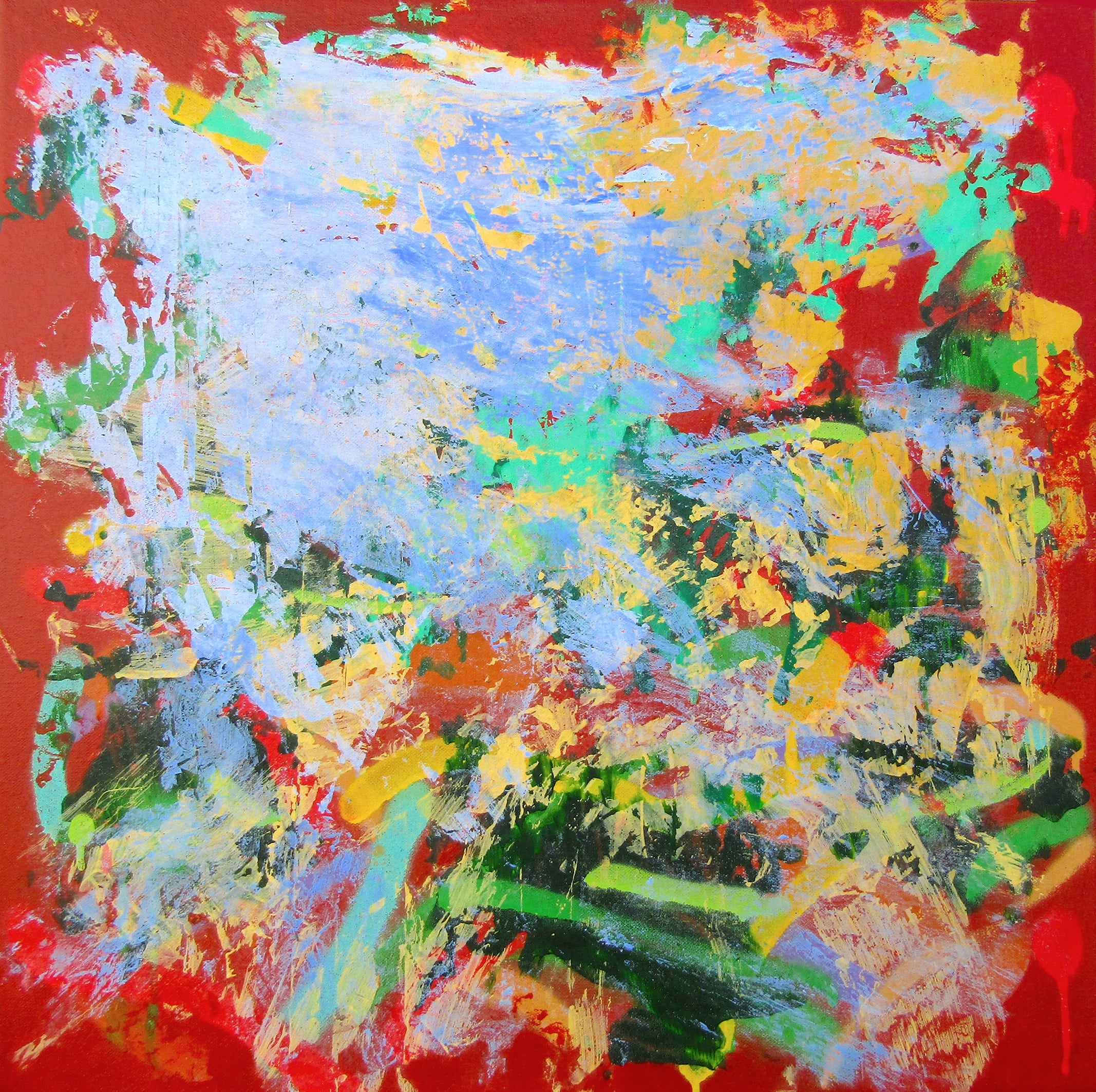
Fasim bajo la luz de Sorolla
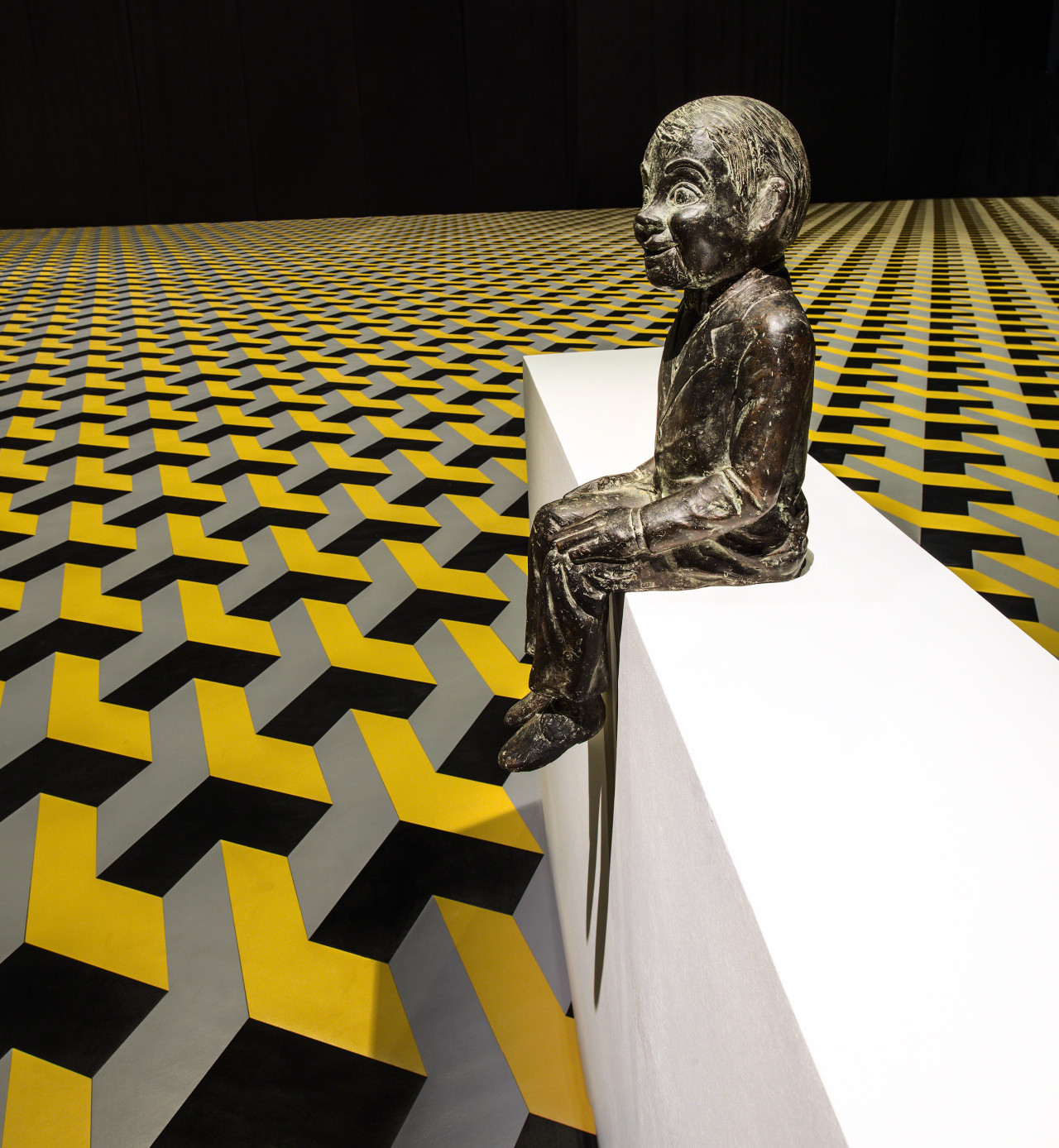
A MÍ LO QUE ME GUSTARÍA HACER ES UNA ESTATUA
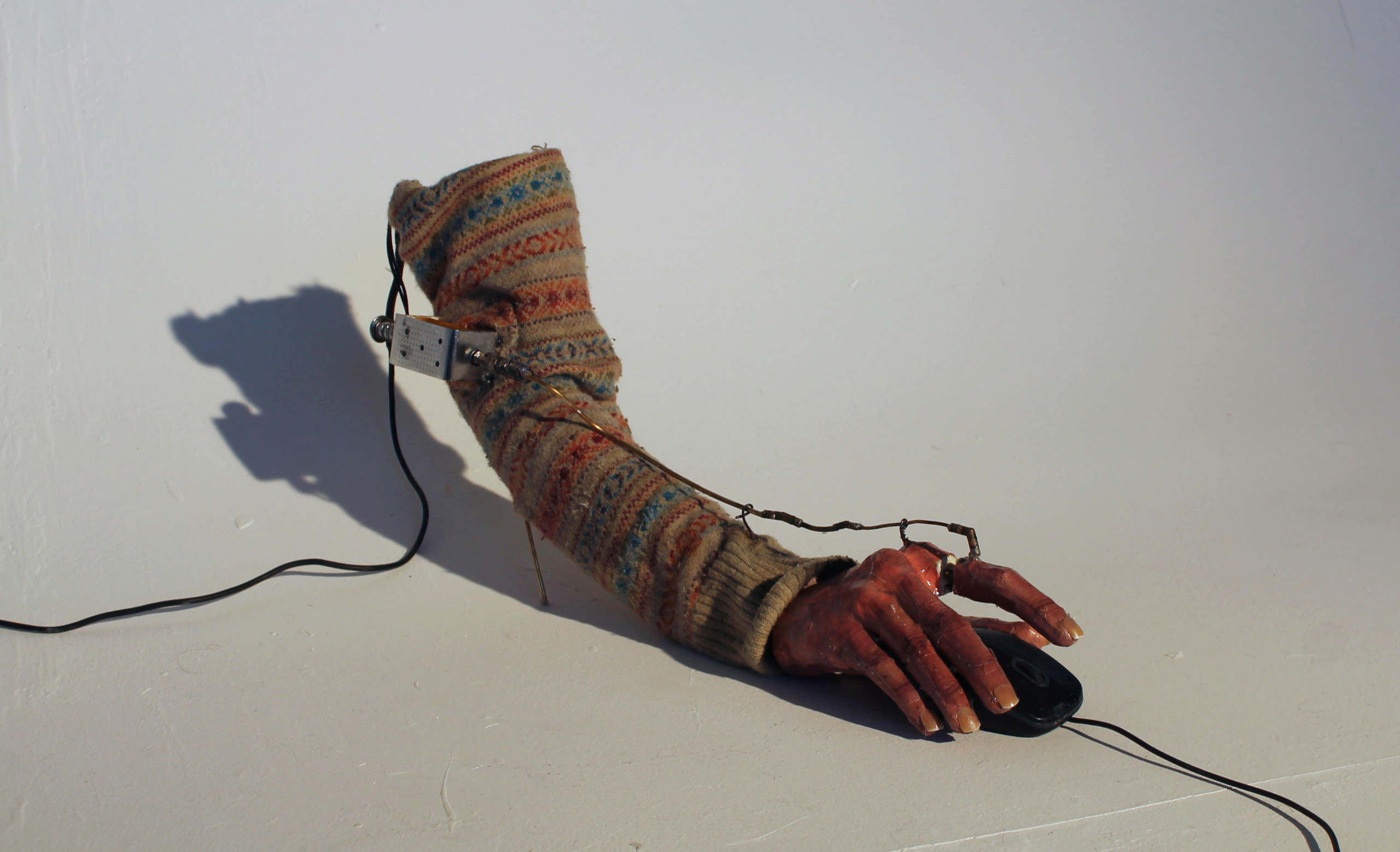
TOBIAS BRADFORD: LA ABULIA QUE SOÑÓ BUÑUEL

Notas sobre Aftersun (2022), Charlotte Wells
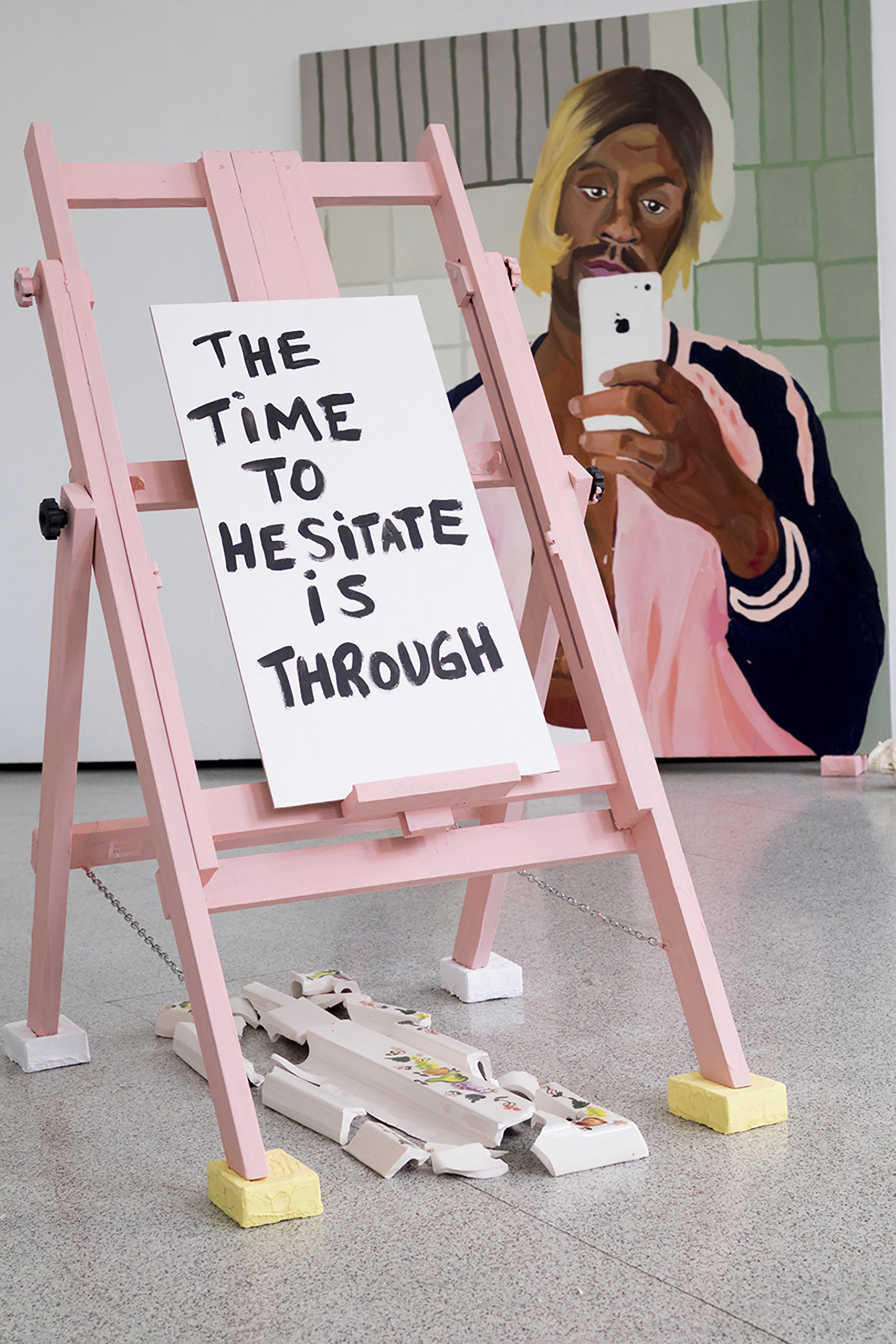
Self Identity is a Bad Visual System(1)

Leche de sueño infantil
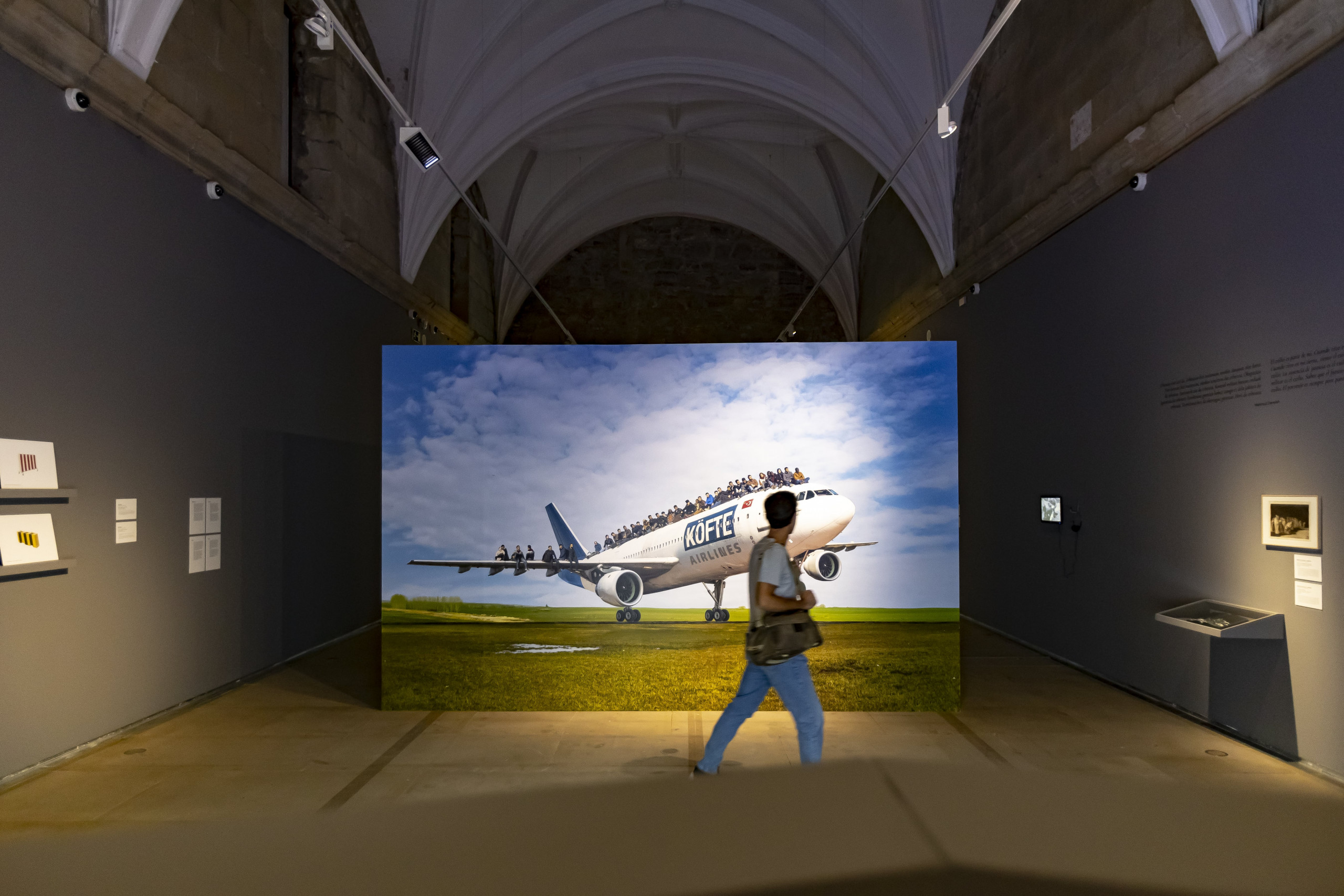
ET IN TERRA PAX HOMINIBUS: INDÉSIRABLES EN MUSEO SAN TELMO
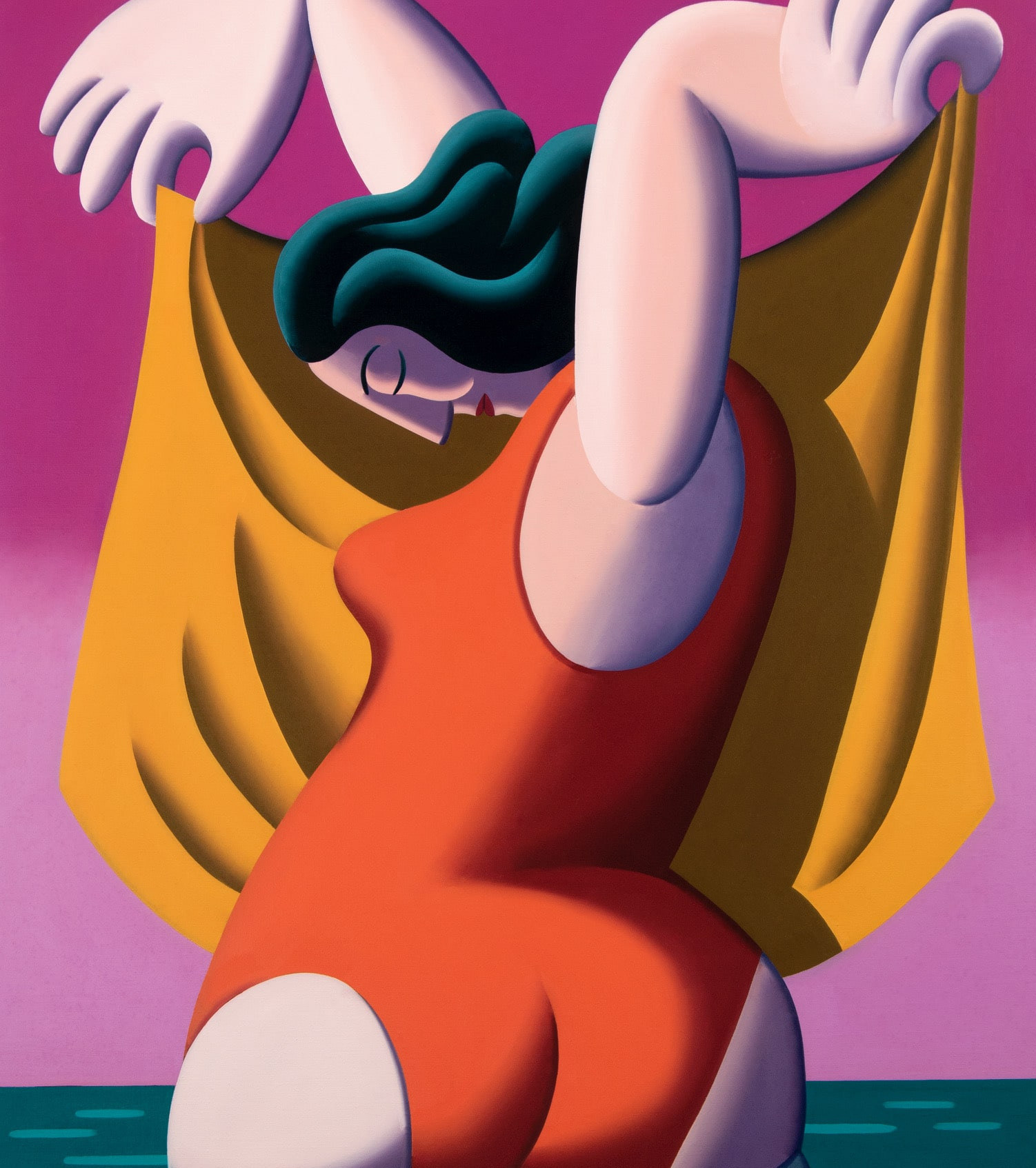
en conversación con juan de la rica
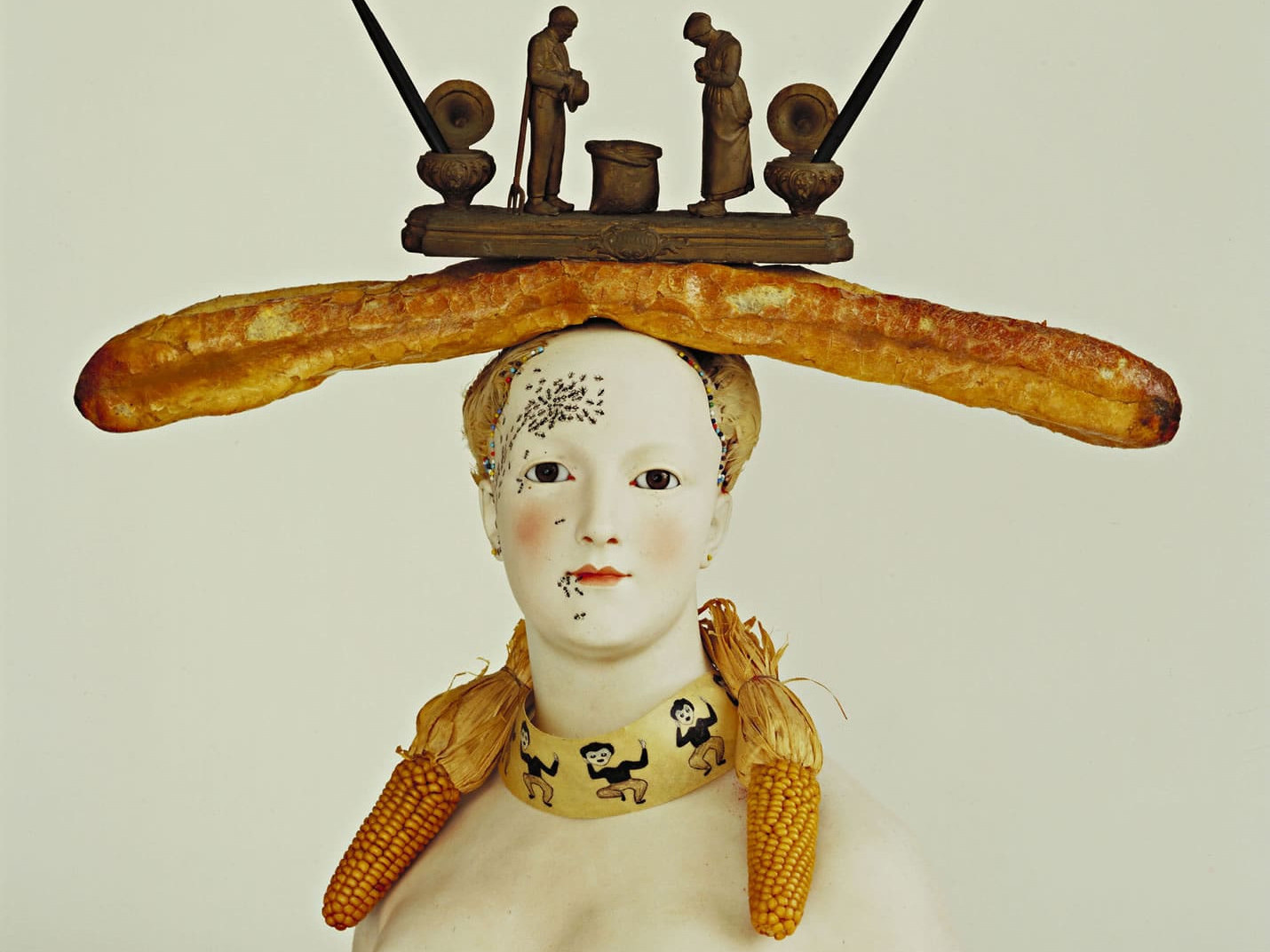
Críticos ditirámbicos y el fetiche

LUISA ROLDÁN: EL ÉXTASIS DEL BARROCO

Julia Santa Olalla en SC Gallery (Bilbao)

XIII ABIERTO VALÈNCIA
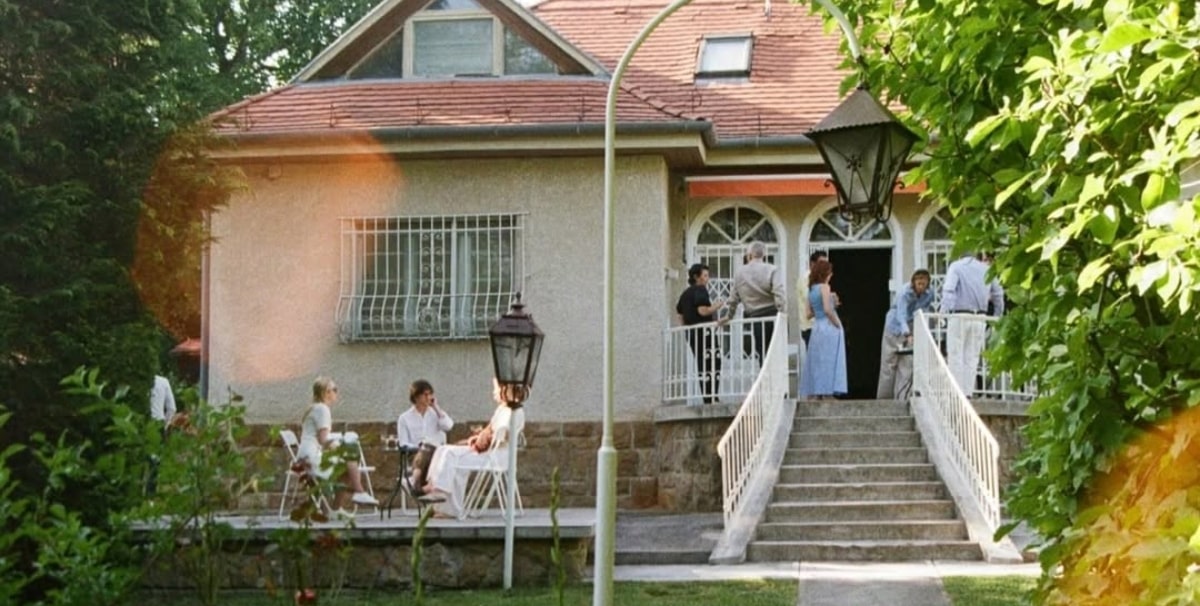
Atma Art House: El vanguardismo húngaro y español, hermanados por el arte

NO ESCRIBIR

12ª EDICIÓN DE LA FERIA MARTE
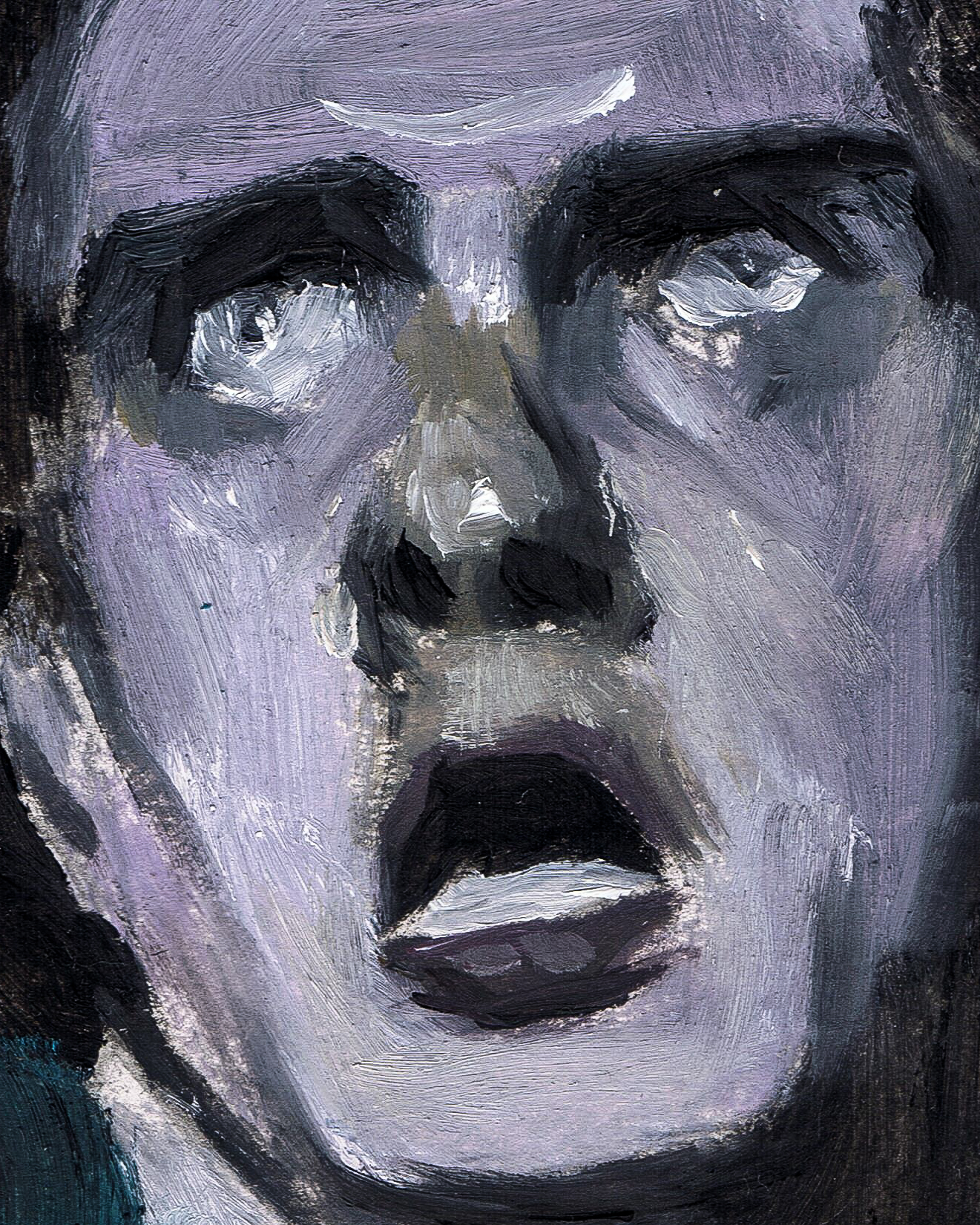
en conversación con sergio vallés
